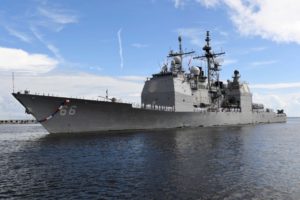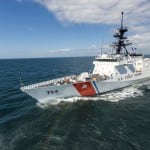
A House panel may allow the Navy to retire aging cruisers while it is also recommending adding a second destroyer to the Navy’s fiscal year 2022 budget and authorizing another multiyear procurement contract on new destroyers. The House Armed Services Committee Seapower and Projection Forces subcommittee today said its mark and portion of the National Defense Authorization Act does not prevent the Navy from retiring cruisers early as it requested. The Navy’s FY ‘22 budget request seeks to decommission the Ticonderoga-class…

 By
By 











